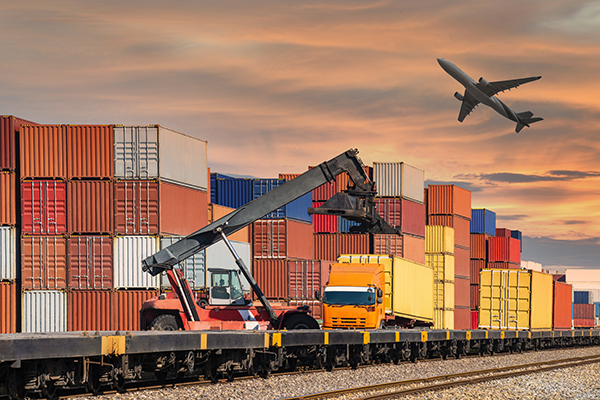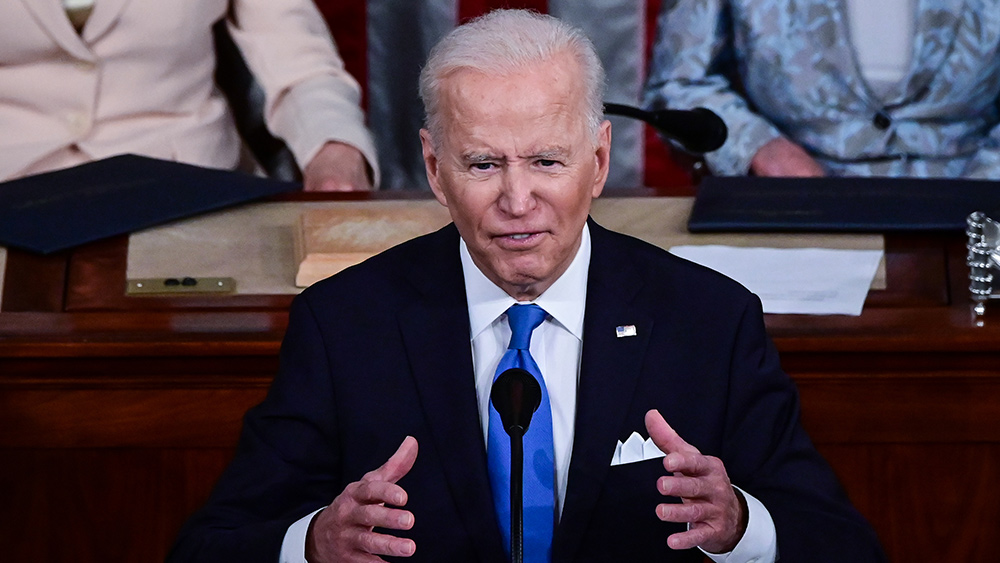
American, European ports blocked and backlogged
Consequently, American and European ports that are already clogged got blocked and backlogged. Visible proofs are in Los Angeles and Long Beach, two of the busiest ports in the U.S., through which about 40 percent of shipping containers enter the country. Marine Traffic, an online tracking website, located 198 ships waiting outside the two ports on January 13, with another 162 about to dock. On January 30, it found 111 ships waiting outside with 76 about to dock in the Los Angeles port alone. Southern California is "the epicenter for imports from Asia," and therefore, any backlogs in these ports have a "domino effect" on major U.S. ports, Mario Cordero, executive director at the Port of Long Beach, told the Epoch Times. Almost two years since the pandemic was declared, U.S. companies are still scrambling to produce enough to meet the current demand and to refill the depleted inventory shelves. The demand boom coupled with supply shortages in 2021 has fueled an inflation rate of seven percent, the highest since June 1982. It also led to the ditching of the "just-in-time" inventory model in favor of building up supply to buffer stocks as many businesses got saddled by the late arrival of orders. Of course, the erratic inventory flow cascades to the customers, who apart from the long waiting time have to pay 30 percent to 100 percent over previous prices. As the outbreaks become contained and the supply chain gets fixed, experts are predicting an economic rebound this year. In its latest economic projections, the Federal Reserve sees inflation to retreat to 2.6 percent in 2022 and 2.3 percent in 2023. Just like the shipping transporters, the American Trucking Association is sounding optimistic. "After falling 6.8 percent in 2020, freight volumes have surged in 2021 – and we will see continued growth in freight demand across all modes for the foreseeable future," it stated. Unless nature intervenes, like the snow and ice storm in the mid-Atlantic that brought traffic to a standstill along Interstate 95. There's also the manpower to worry about as an aging population, restrictive immigration policies and a declining birth rate have left the labor market short of workers needed to do all the work. For now, however, the focus must be on the supply chain. Once it flows fluidly, the economy will gradually return to its normal course.More related stories
Global supply chain crisis expected to last another TWO YEARS. Small businesses suffering due to supply chain crisis. SHTF tips: How to survive a long-term supply chain crisis. Watch the January 27 episode of the "World View Report" with Brannon Howse. This video is from the BrighteonTV channel on Brighteon.com. Sources include: Brighteon.com ChannelNewsAsia.com Bloomberg.com Talkbusiness.netBy Arsenio Toledo // Share
Products that will be harder to find as supply issues persist
By Mary Villareal // Share
“Bidenflation” triggers stunning downfall of consumer sentiment to 10-year low
By Kevin Hughes // Share
Thanks to covid, prepping has gone mainstream
By Ethan Huff // Share
ADHD medications linked to increased glaucoma risk, reports study
By dominguez // Share
Study reveals bats have an internal "compass" that functions independent of celestial cues
By kevinhughes // Share
A tainted foundation: Ghostwritten science and glyphosate's regulatory legacy
By willowt // Share
From gravy to gleam: The surprising list of uses for cornstarch
By willowt // Share
The Light Code: Shocking TRUTH about how light heals and rejuvenates
By kevinhughes // Share











